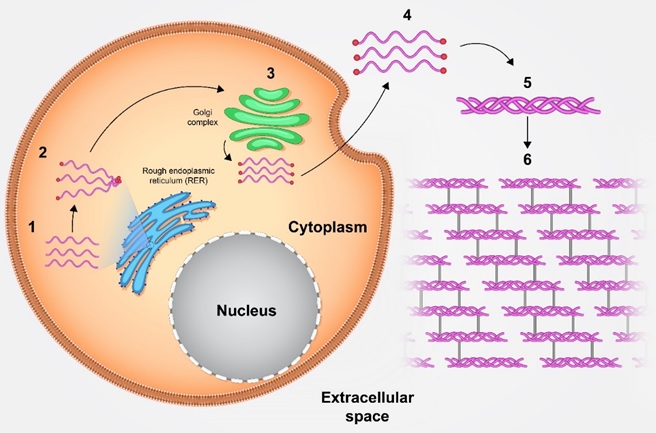Effects of ascorbic acid on chemical and thermal corneal burns: A comprehensive literature review
Medical hypothesis, discovery & innovation in optometry,
Vol. 1 No. 2 (2020),
31 October 2020
,
Page 44-51
https://doi.org/10.51329/mehdioptometry107
Abstract
Background: Ascorbic acid has been suggested to be effective against chemical burns. It was first tested in rabbits before being implemented in human subjects. It was proven to be useful in treatments for different conditions, such as corneal chemical and thermal burns. Herein, we aimed to review the effects of ascorbic acid in the healing of chemical and thermal corneal burns.Methods: We performed an electronic search of English literature in MEDLINE, clinicaltrials.gov, and Google Scholar, without time constraints. Articles were selected based on inclusion and exclusion criteria, using they keywords: Corneal Burn, AND Corneal Ulcer, AND Vitamin C. This yielded 17 English language articles focused on the effect of vitamin C on chemical or thermal corneal burn-induced ulcers.
Results: The 17 eligible studies that fulfilled the inclusion criteria included three retrospective, nonrandomized, comparative studies on human subjects and 14 in vivo, laboratory-based studies on rabbits (12 studies), rats (one study), as well as guinea-pigs (one study). Most studies showed benefits in using vitamin C as a prophylactic treatment to delay or stop corneal ulcer formation after chemical or thermal corneal burn.
Conclusions: Vitamin C is a very basic, inexpensive prescription and can be used to treat corneal ulcers following a variety of corneal burns. This review highlights the necessity for conducting randomized controlled trials to investigate the prophylactic role of vitamin C and to determine its minimum required dose for the management of corneal ulcers after different types of corneal burns.
Keywords:
- corneal ulcer
- corneal burns
- vitamin C
- MEDLINE
- clinical trials
- google scholar
- ophthalmology
- optometry

- Abstract Viewed: 316 times
- Full Text PDF Downloaded: 0 times